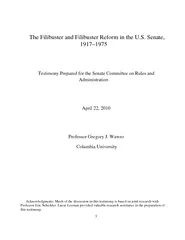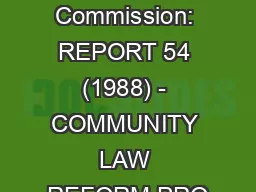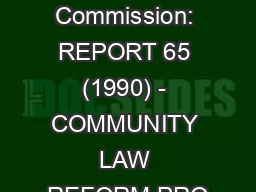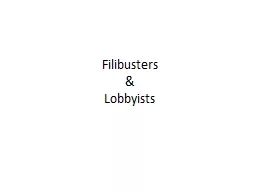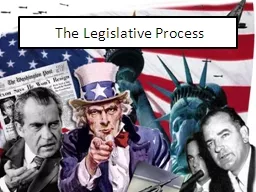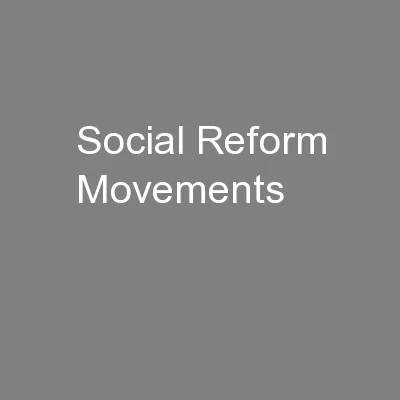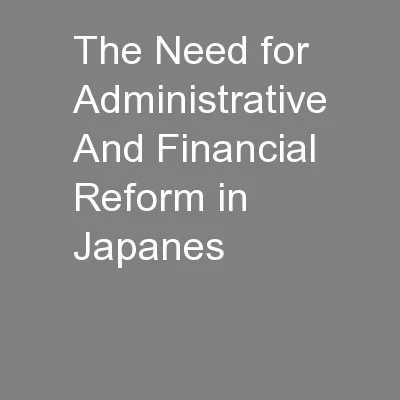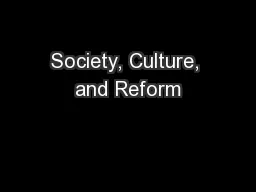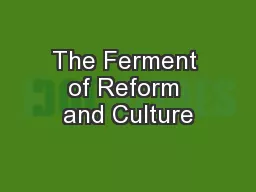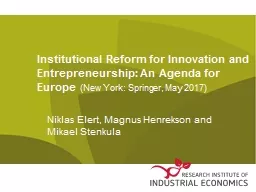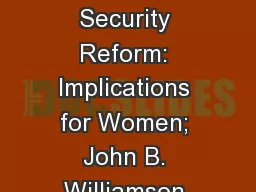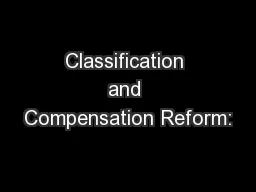PDF-The Filibuster and Filibuster Reform in the U
Author : danika-pritchard | Published Date : 2015-06-18
S Senate 19171975 Testimony Prepared for the Se nate Committee on Rules and Administration April 22 2010 Professor Gregory J Wawro Columbia University Acknowledgments
Presentation Embed Code
Download Presentation
Download Presentation The PPT/PDF document "The Filibuster and Filibuster Reform in ..." is the property of its rightful owner. Permission is granted to download and print the materials on this website for personal, non-commercial use only, and to display it on your personal computer provided you do not modify the materials and that you retain all copyright notices contained in the materials. By downloading content from our website, you accept the terms of this agreement.
The Filibuster and Filibuster Reform in the U: Transcript
Download Rules Of Document
"The Filibuster and Filibuster Reform in the U"The content belongs to its owner. You may download and print it for personal use, without modification, and keep all copyright notices. By downloading, you agree to these terms.
Related Documents

